| Our wonderful rains weeks ago germinated lots of seeds, including wildflowers and veggies but also weeds. Pleasant daytime temperatures in the low 70 degrees get everything moving ahead, while under-50-degree nighttime temperatures keep growth rate slow to moderate. Together with the rain-moistened soil, our new gardening year is off to a great start. So take advantage of this great garden timing to get your fingernails dirty! Plant Bare-Root Roses
Plant Bare-Root Trees If purchased in a 5-gallon container
Sow Vegetable and Flower Seeds In containers Sow 3 or 4 seeds per container, in either 6-packs or 4” containers, to assure you have at least one that’ll survive to transplanting with an extensive root system. In garden soil where they’ll mature
Plant Vegetable and Flower Seedlings Six-pack size are best, since they’re the least expensive, will catch up to larger sizes within a month or two, and will thrive better after that because they matured in place instead of having to spend time reacclimating to their new homes. More January Tasks See January Monthly Tips. |
|
2 Comments
Michael Engstrom
1/15/2020 01:52:41 pm
The picture of purple flowers that look like Honeysuckle is Hypoestes aristata, or Ribbon Bush.
Reply
Yvonne Savio
1/15/2020 10:50:43 pm
Thanks so much, Michael! I included it with the photo in the December 17 blog!
Reply
Leave a Reply. |
Categories |

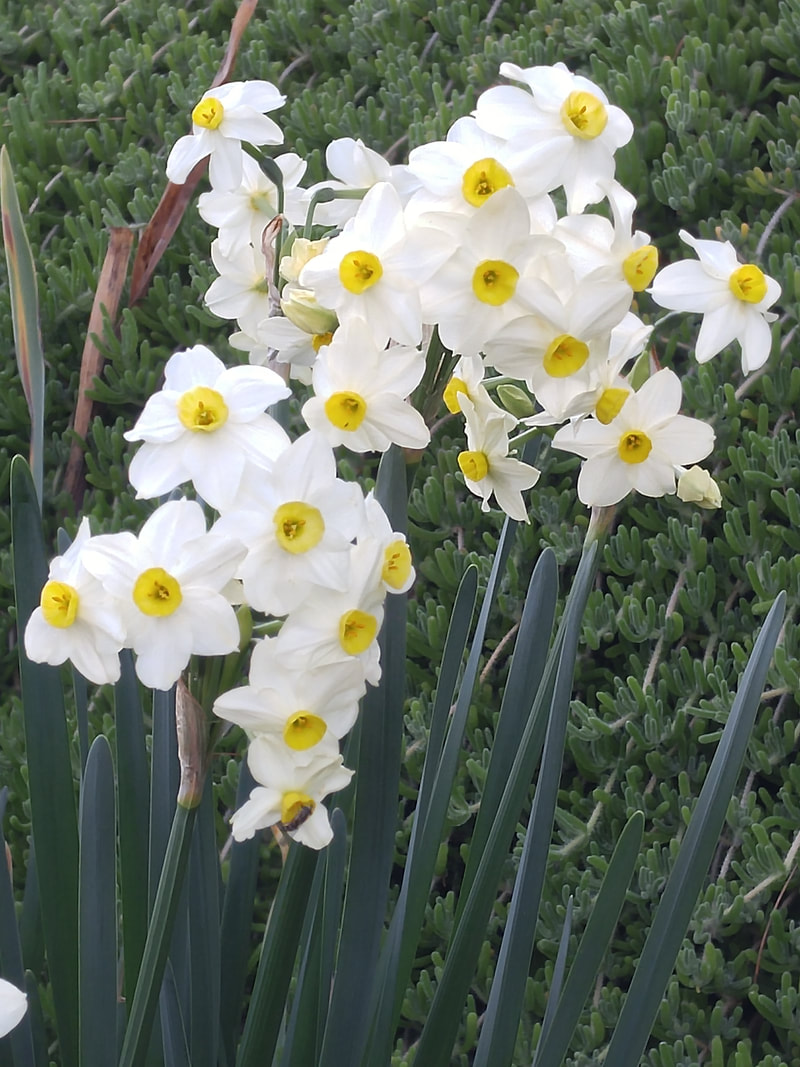
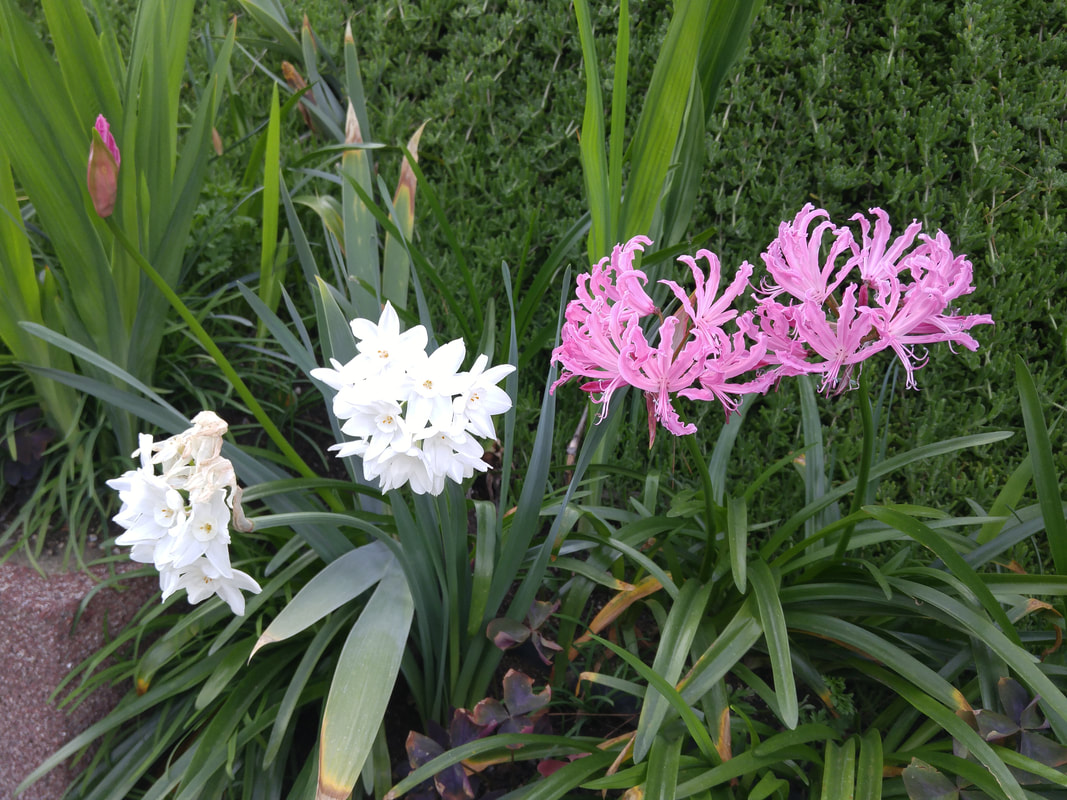
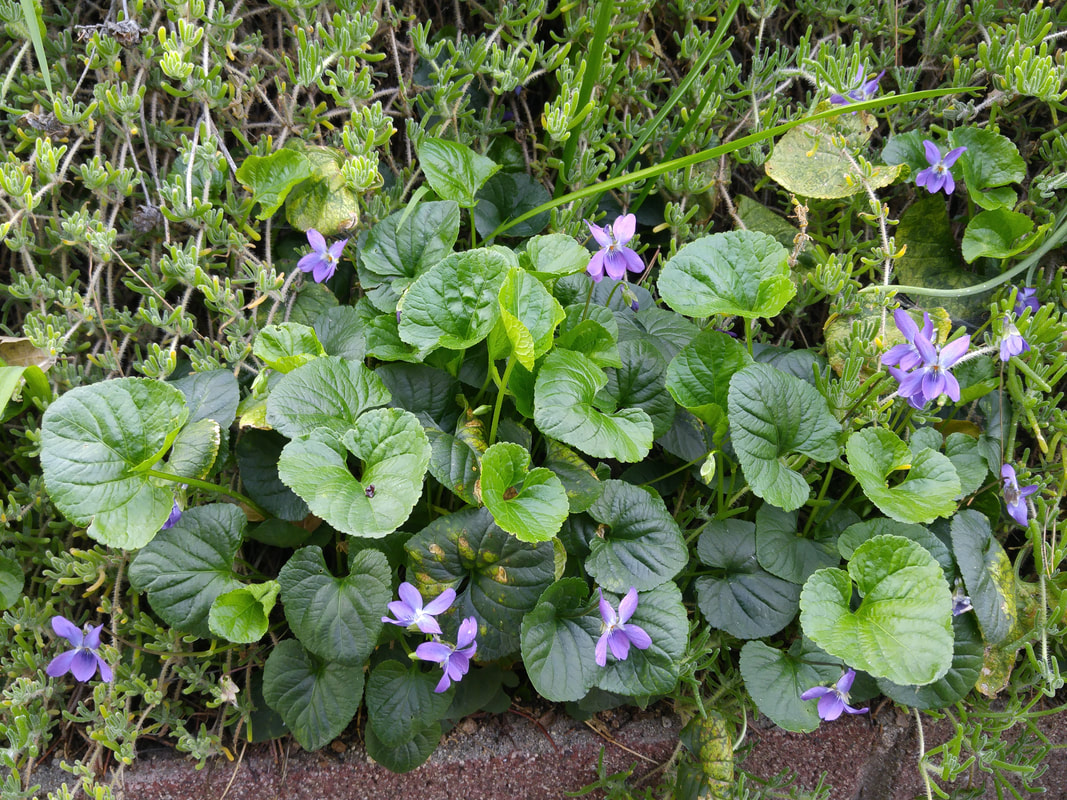
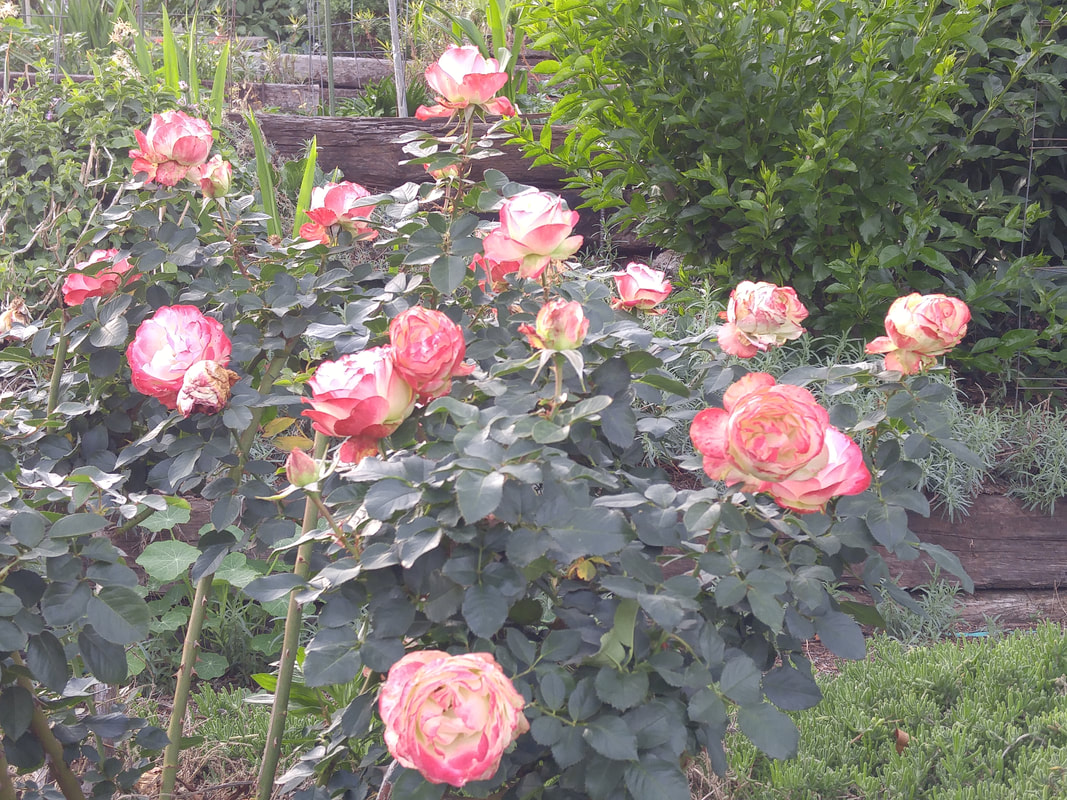
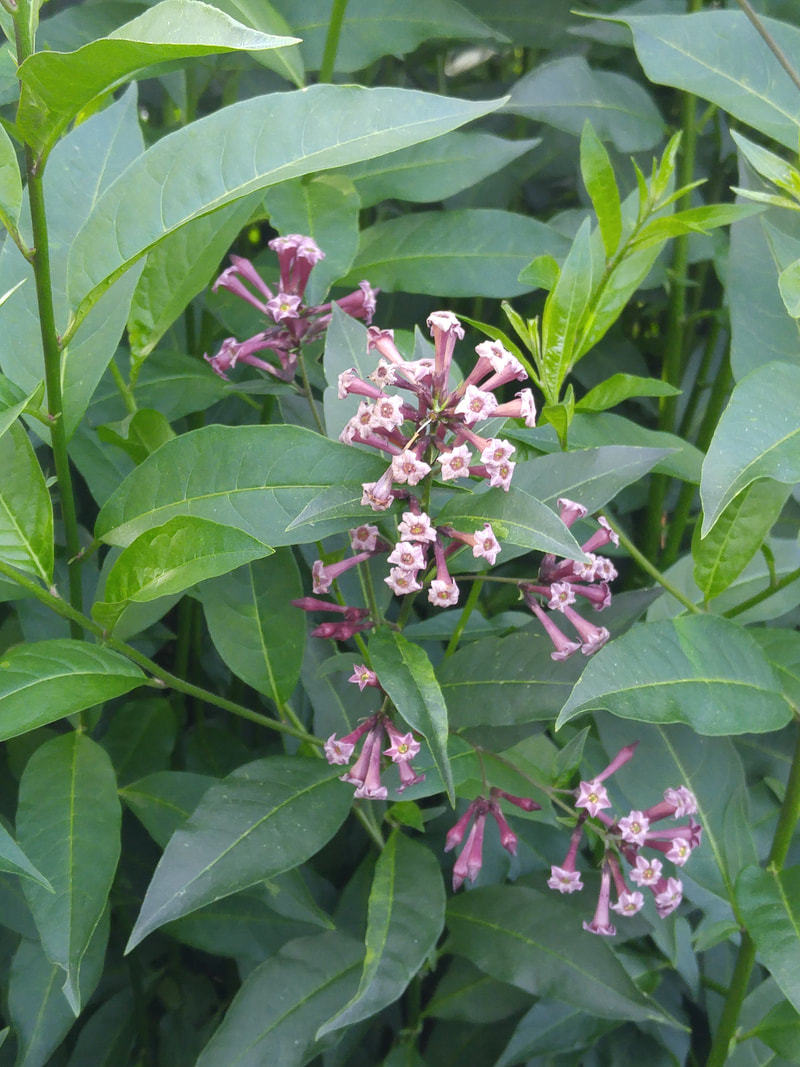
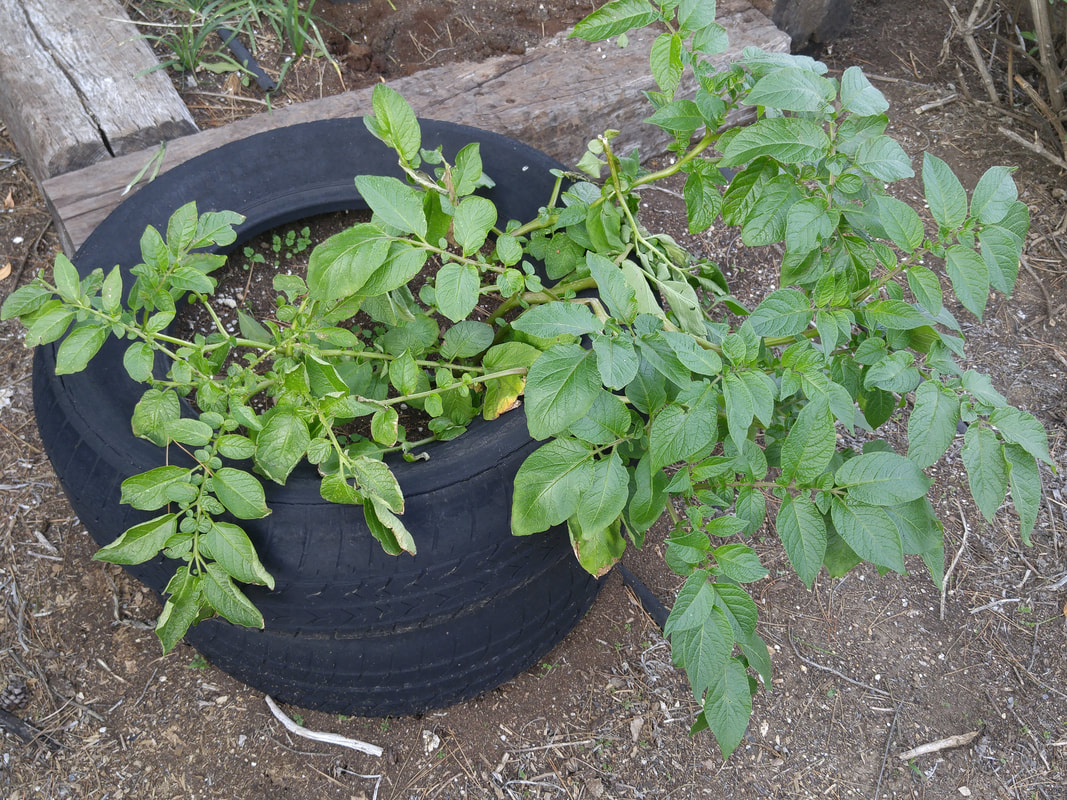
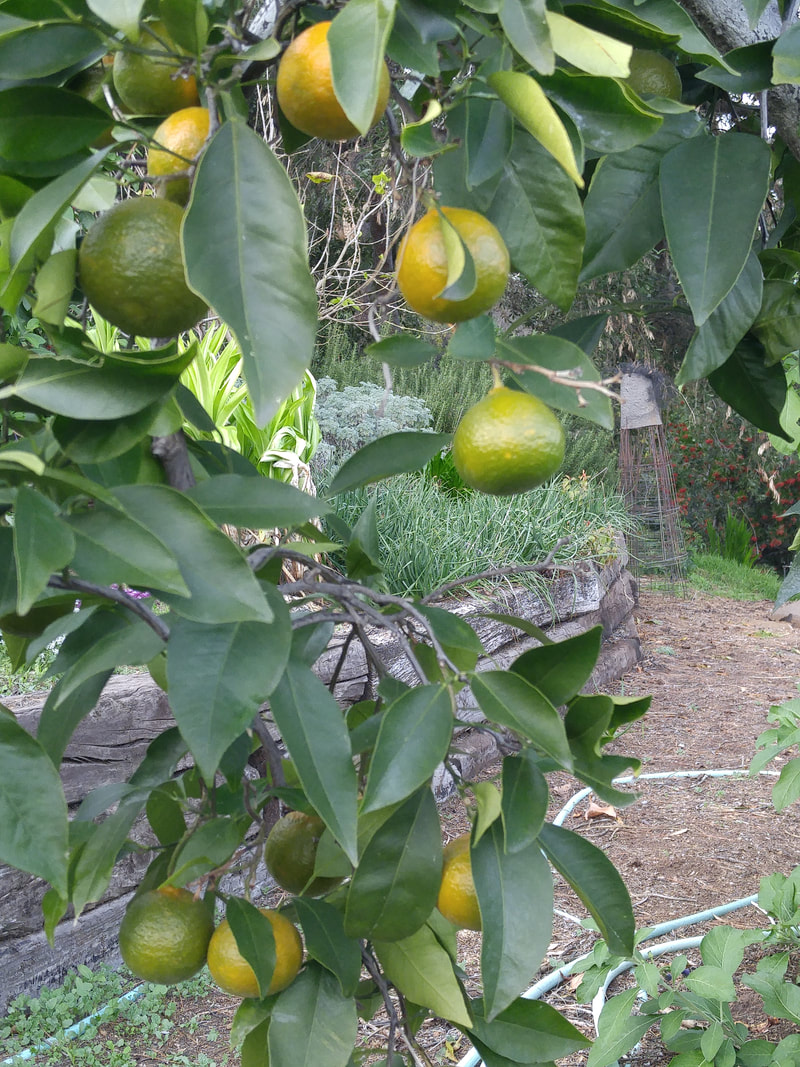

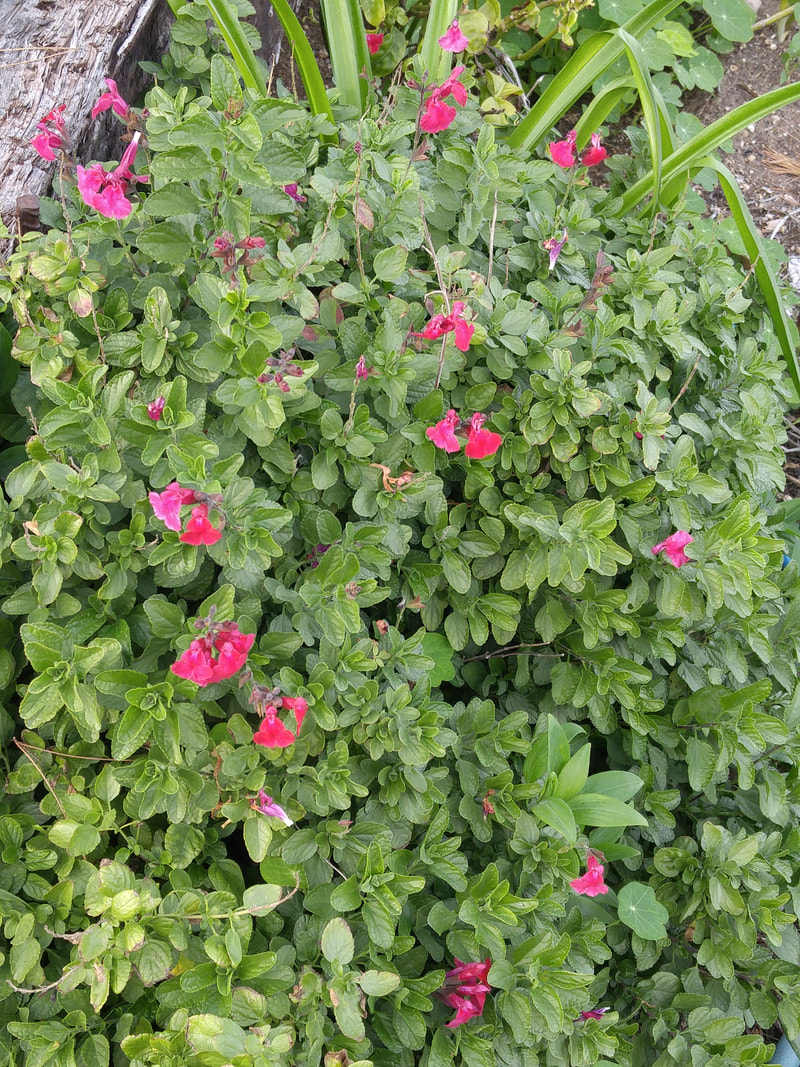
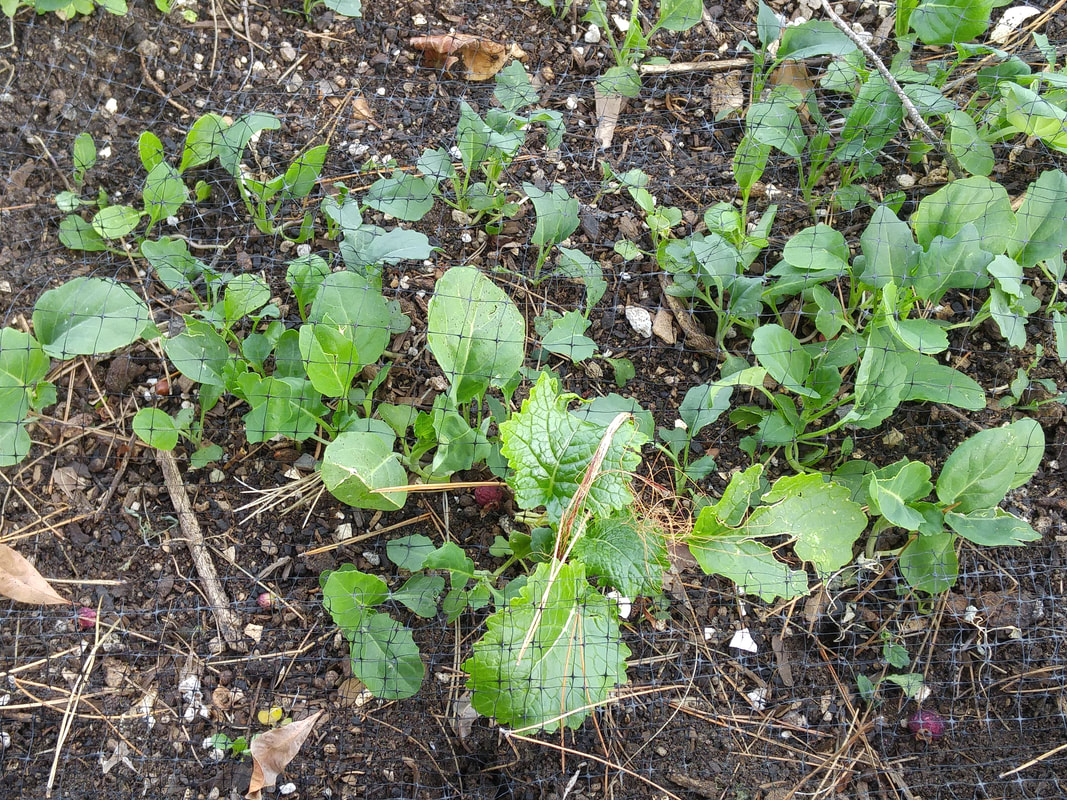
 RSS Feed
RSS Feed